There are major differences between orthodontics for children and orthodontics for adults. These differences can affect determining the proper time for carrying out orthodontics treatment. One of the most frequently asked questions of the patients visiting orthodontists is the proper time for orthodontics treatment.
Orthodontics for children has unique conditions and characteristics, which makes it different from orthodontics for adults. To understand these differences, the various characteristics of each of these treatments must be studied.
Here we will investigate the characteristics of orthodontics for children and adults and we will study the similarities and differences between them.

Characteristics of Orthodontics for Children
Due to the continuous and ceaseless growth of children, some dentofacial malocclusions might occur as they grow up. These malocclusions either have genetic origins or happen as a result of bad habits such as thumb sucking. Performing orthodontics in children at early ages not only corrects dentofacial malocclusions but also maintains the function of teeth and prevents secondary problems and diseases such as digestive problems and tooth decay in children.
Often, near the ages of 8 to 10 years old, families are asked to take their children to an orthodontist for dentofacial examinations. At these ages the complete growth of deciduous teeth and their replacement with the permanent teeth begin. If the child suffers from severe teeth malocclusion, the orthodontist can diagnose whether these problems can affect the natural function of the teeth or even cause early tooth decay, and then, treat the child using orthodontics methods.
Besides, at an early age, due to the possibility of bone growth in children, problems such as these can be treated in a shorter period of time. Many dentofacial diseases and malocclusions are often found in early stages during childhood and due to the possibility of dental and bone growth, correcting these abnormalities using orthodontics will be easier.
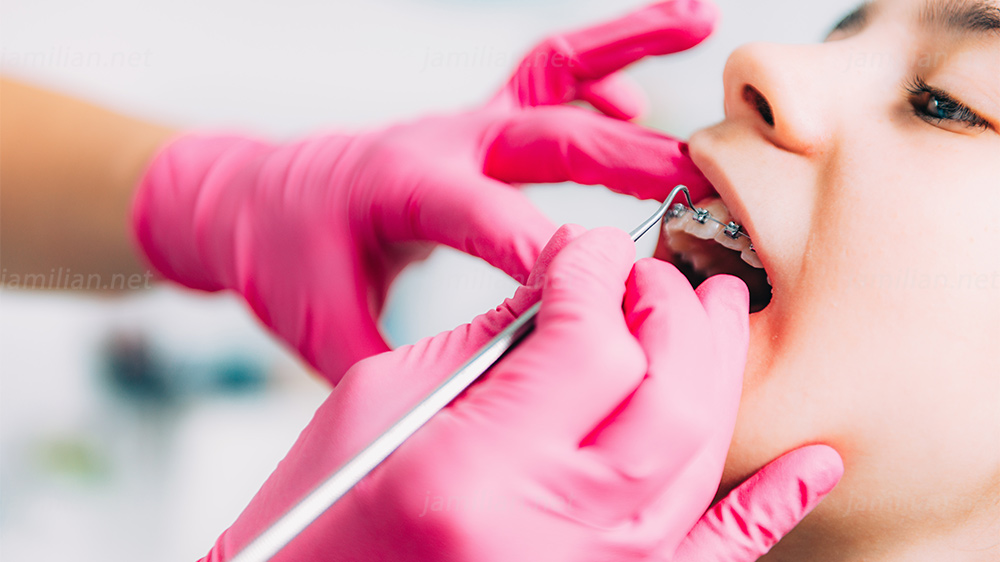
Orthodontics for children can also prevent the probable problems of early losing their baby teeth. In this condition, as a consequence of the early loss of deciduous tooth and the absence of the permanent tooth, an empty space is created between the teeth, This can result in their displacement and teeth crowding. In addition to treating dentofacial abnormalities, orthodontics treatment is used for quitting bad habits such as thumb sucking, tongue thrust, and mouth breathing.
It should be noted that in children’s orthodontics, in most cases, the diagnosis of the problem does not mean that the treatment can be started. In most cases due to incomplete growth of the permanent teeth, orthodontists wait until the child is 14 years old and perform alternative methods at this age. However, early diagnosis of malocclusions can prevent them from becoming critical.
Characteristics of Orthodontics for Adults
Orthodontics in adults are employed for the treatment of some dentofacial abnormalities that remained untreated in childhood. A beautiful smile is among other factors that has a great impact on a person’s self-confidence and their relationship with others. Adults orthodontics is used for correcting the structure and the arrangement of teeth in the mouth.
To carry out the orthodontics for adults, your teeth must be healthy. Jaw movement quite difficult in adults in comparison to children, and surgery is necessary for some severe jaw abnormalities. I.e. this technique of surgery and orthodontics is called ortho-surgery Orthognathic surgery.
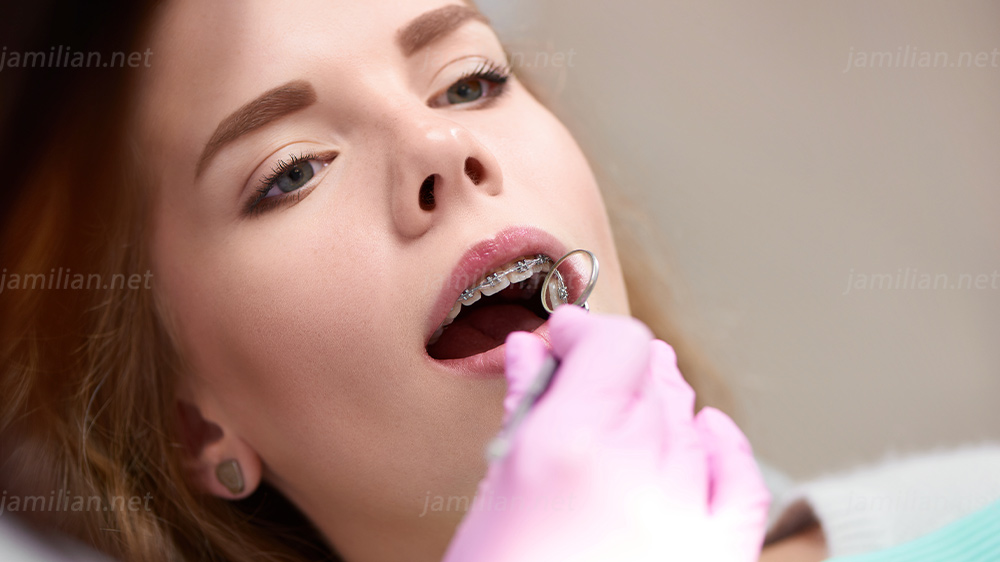
For people who are scared of ortho-surgery, going to a more modern and experienced orthodontist can result in dentofacial correction to some extent. However, adults suffering from severe dentofacial abnormalities cannot expect to achieve a successful hundred percent result with orthodontics without surgery.
Skillful and prominent orthodontics can describe the results of orthodontics treatment and ortho-surgery after examination of the patient and provide the patient with accurate predictions.
Accordingly, orthodontics can be carried out at any age and it can be used for treating a variety of dentofacial malocclusions and abnormalities enhancing a person’s beauty. There are a variety of differences between orthodontics for adults and for children that can influence the treatment process and final results of orthodontics.
Adult Orthodontics vs. Children’s Orthodontics FAQ
1-What is the proper age for bimaxillary protrusion treatment?
Prior to the onset of puberty, orthodontics treatment can be employed to move the protruded maxilla backward, however, if the patient is an adult both orthodontics and the corrective jaw surgery are required.
2- How to tell if my child has orthodontic problems?
If your child has the following symptoms take them to visit an orthodontist: irregular loss of teeth (either early or late), a problem in eating and chewing, crooked teeth, crowded teeth, irregular spaces between teeth, thumb sucking, maxillary or mandibular deficiency or protrusion, and jaw deviation.
3-What are the advantages of orthodontics treatment at a young age?
If the child suffers from any jaw deviation or malocclusion, treatment will be easier and more successful at younger ages. On the other hand, it is able to decrease severe dentofacial problems in the future and the treatment will cost less depending on the decrease.
4- What are the orthodontics problems in adults which are less seen in children?
The insufficient bone surrounding the teeth’s roots is responsible for supplying sufficient blood for them, slight infection of gums and their inflammation. On top of this, marginal bone loss can result in more problems in carrying out orthodontics in adults.
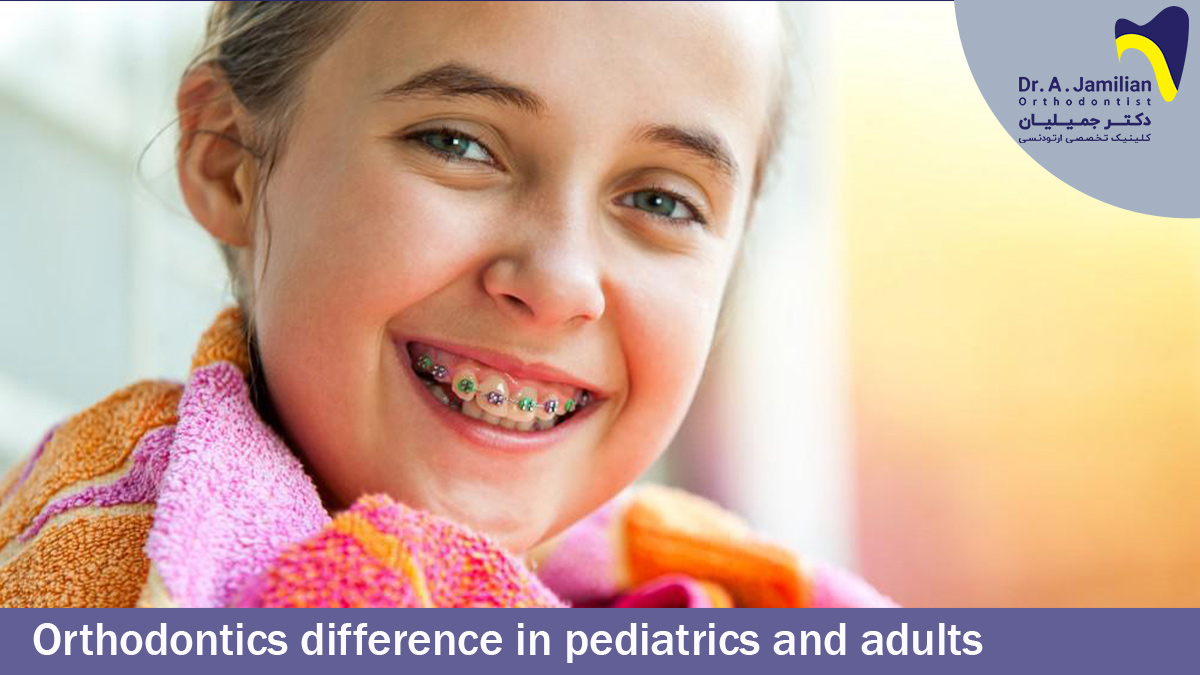
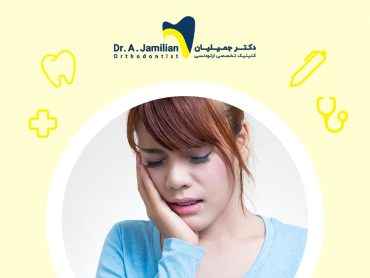
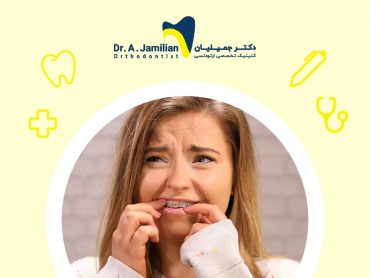
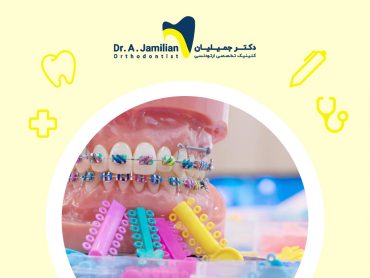
The most helpful segment of your article was definitely when you started talking about the potential of dental misalignment when your child reaches age 8-10. I always wondered how kids end up needing braces, and this might be the best way to see if my son can still avoid that. I’ll ask around for any children’s orthodontics clinics so I can take my son to them for some checkups.
Hello. Glad the article was helpful. I hope you are healthy and successful.